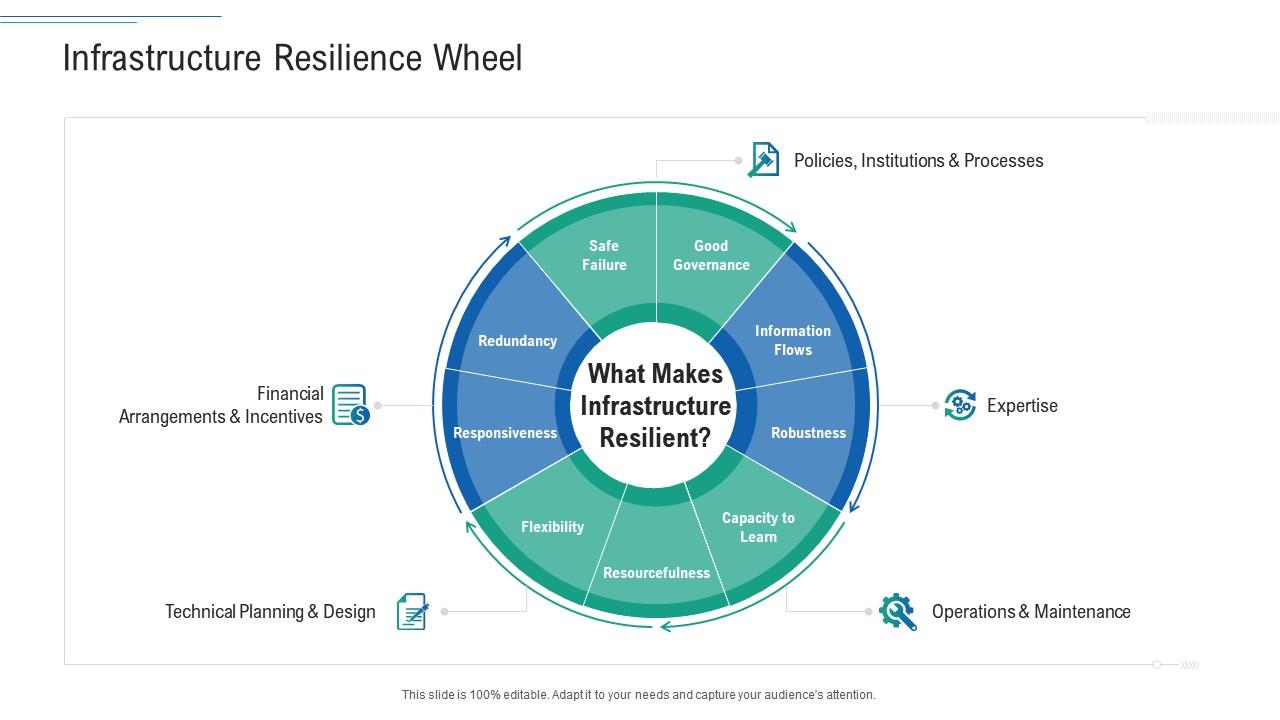R-Urban – A Bottom-Up Strategy for Urban Resilience

This paper presents R-Urban, a bottom-up strategy for urban resilience initiated by the architectural practice aaa in Colombes, a suburban town near Paris. It promotes new roles for architects as initiators, negotiators and enablers of processes and agencies that strengthen existing civic resilience initiatives.
It aims at developing short circuits between three pilot units of production in Colombes to encourage local forms of collective action that function through locally closed cycles. It will eventually lead to a network of urban commons.
Activating the commons
A new infrastructure is developing based on the reappropriation and reinvention of existing urban facilities. For example, in London, the art and architecture practice ‘public works’ is constructing a network of collective facilities centered on the neighbourhood of Hackney Wick. This will include a food cultivation complex, a community-managed production space, and a cooperative eco-housing project. The aims are to enable local citizens to take on economic responsibility, and to establish democratic forms of group and network organisation. This is a form of ‘rigour in invention and knowledge in utopia’ (Lefebvre, 1996) that challenges the limits of urban transformation projects imposed on the city by its administrative structures.
A similar approach was adopted in Colombes, where atelier d’architecture autogeree (aaa) developed the r urban planning framework based on a series of civic hubs supporting resilient practices. These include urban agriculture and pedagogy (AgroCite), recycling and eco-construction (RecycLab) and cooperative ecological housing (EcoHab). These hubs provide opportunities for civic residents to experiment with new forms of living, thereby enabling them to create metabolic networks that close cycles of production and consumption.
Re-appropriating the commons
When a windblown concrete plaza in Manhattan was reclaimed and occupied by thousands of people in September 2011, it sparked a global movement for change. It also highlighted the fact that urban commons are an important vehicle for fostering sustainability as they promote behaviours and cultures of sharing resources, and are partly buffered from dominant market forces.
In 2008, atelier d’architecture autogeree (aaa) initiated the R-Urban strategy in Colombes, a suburban town near Paris, as a bottom-up framework for resilient urban regeneration. Supported by a one-and-a-half million euro grant from the European Union’s LIFE program for environmental governance, this project planned to set up three self-managed community facilities: Agrocite, for producing ecological crops; RecycLab, for recycling and eco-construction; and Ecohab, for cooperative housing.
Although it was initially conceived on a small scale, this strategy was intended to be progressively extended. In doing so, it would identify existing micro-local good practices by individuals and associations in sustainable activities and thereby facilitate the development of localised production systems that function through locally closed cycles for energy, water, and waste.
Re-thinking the commons
Rather than assuming that urban interactions are inevitably competitive, asymmetrical and conflictual spaces, re-thinking the commons emphasizes the importance of socially, ecologically and spatially contextualized resilience. It provides a new framework for local self-governance in response to overly restrictive or irrelevant government plans, enabling and cultivating community-led initiatives that preserve and re-appropriate shared urban resources. Examples of these are community gardens, park conservancies and groups, neighborhood watch associations, business improvement districts and more.
These projects, like those of the art and architecture practice Public Works in Hackney Wick, are aimed at empowering urban residents to propose alternative projects on their own site and to connect them through greater networks. These can be used to test methods of sustainable self-management, self-building and self-production. In the words of Holloway, these networks can operate in urban interstices and evade financial speculation (2006: 2). This approach is also echoed by the R-Urban project developed with Colombes. This consists of three pilot cases, including AgroCite, RecycLab and EcoHab.
Re-organising the commons
Even though the term commons has gained traction globally, it can still seem like a diffuse catch-all that encapsulates a wide range of radical potentials without offering any clear framework or plan for how to liberate society from its current constraints. The concept of the commons has yet to reach a point of clarity in terms of its scope and application, particularly for communities in the Global South.
Unlike natural resources, urban commons are constructed through social processes and can take on many forms, from a physical space to a network of collaborative practices and collective ownership. The emergence of these constructed commons poses unique challenges, especially in the field of urban planning.
Activating urban commons often involves changing or tweaking the rules of law and property to enable more collaborative forms of resource management. This process is known as “commoning,” and it’s a key part of creating urban commons. This type of experimentation can reframe the way we think about the city.